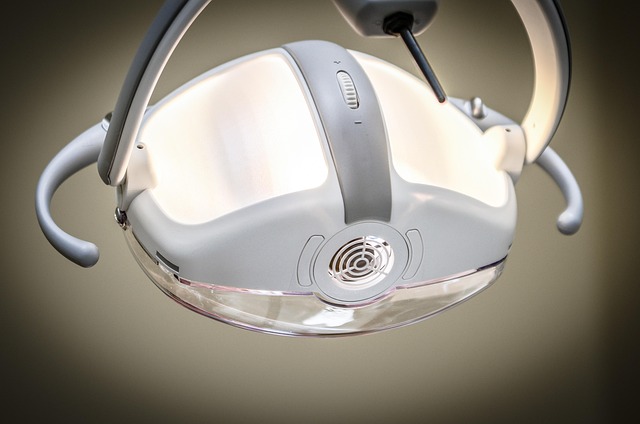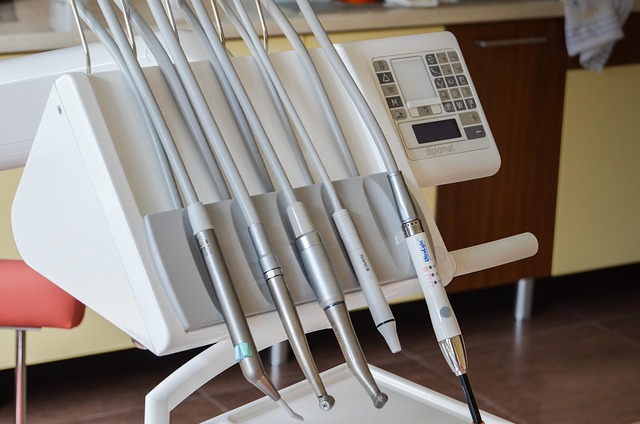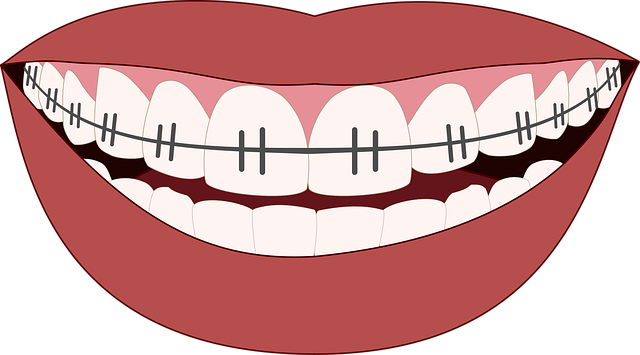Non-Surgical Teeth Extraction: Modern Technologies in McAllen

McAllen dentists utilize advanced technologies for non-surgical teeth extraction, prioritizing patie…….
In the rapidly evolving landscape of dental care, McAllen dentists are at the forefront of embracing innovative technologies to enhance patient experiences and outcomes. This article delves into the latest technological trends shaping dental practice in McAllen, Texas, and how these advancements are revolutionizing oral healthcare. We will explore the global impact, economic considerations, cutting-edge innovations, regulatory frameworks, and real-world applications that define the current and future state of McAllen dentistry. By understanding these elements, patients and dental professionals alike can grasp the transformative potential of these technologies in maintaining optimal oral health.
The term “latest technologies” in the context of McAllen dentistry refers to the advanced tools, equipment, software, and procedures that modern dental practices employ to deliver efficient and effective patient care. It encompasses a wide range of innovations designed to improve diagnostic accuracy, treatment planning, surgical precision, patient comfort, and overall dental healthcare accessibility. These technologies include but are not limited to:
The integration of technology in dentistry is not a new concept, but its pace and scope have accelerated dramatically over the past few decades. Historically, dental practices relied heavily on manual tools and rudimentary imaging techniques. However, advancements in computer technology, material science, and medical research have spurred the development of innovative dental technologies. The digital revolution has transformed dental care by enhancing diagnostic capabilities, improving treatment outcomes, and making dentistry more accessible and patient-centric.
Today, McAllen dentists are leveraging these technologies to:
The adoption of latest technologies in McAllen dentistry is not isolated; it reflects a global trend toward digitizing and modernizing oral healthcare systems. Internationally, there is a growing emphasis on evidence-based dentistry, patient-centered care, and the integration of technology to improve access and quality. Global health organizations and dental associations are collaborating to set standards, share best practices, and promote continuous professional development among dentists worldwide.
Several key trends are driving the evolution of dental technologies globally:
While global trends point toward increased adoption of advanced dental technologies, regional disparities persist, especially between developed and developing countries. Affordability remains a significant challenge, as many innovative technologies can be expensive to acquire and maintain. Government funding, insurance coverage, and public-private partnerships play crucial roles in ensuring equitable access to modern dental care.
The global dental technology market is experiencing robust growth, driven by the increasing demand for advanced oral healthcare services and rising health consciousness among consumers. According to a report by MarketsandMarkets, the global dental equipment market size is projected to reach USD 16.7 billion by 2024, growing at a CAGR of 5.8% from 2019 to 2024. This growth is fueled by factors such as:
The dental technology sector presents attractive investment opportunities for venture capitalists, private equity firms, and strategic investors. Key areas attracting investments include:
The integration of advanced technologies has both positive and challenging economic implications for McAllen dentists:
Benefits:
Challenges:
Several technological advancements are reshaping the landscape of McAllen dentistry:
The future of McAllen dentistry holds immense potential for further technological advancements:
The adoption and utilization of latest technologies in McAllen dentistry are guided by various policies and regulatory frameworks at local, state, and federal levels:
Policies and regulations play a crucial role in shaping the development and adoption of latest technologies in McAllen dentistry:
Despite the numerous benefits of latest technologies, McAllen dentists face several challenges during implementation:
Beyond practical challenges, ethical and social considerations raise concerns about the responsible use of latest technologies:
Practice Profile: Dr. Sarah Green’s dental clinic in McAllen serves a diverse patient population, including many underprivileged individuals.
Challenge: Dr. Green wanted to expand her practice’s services but was concerned about the high cost of traditional restorative treatments and their impact on patient comfort.
Solution: She invested in a laser dentistry system, which offered more comfortable caries removal and soft tissue surgeries. Lasers reduced treatment times, minimized bleeding and swelling, and provided precise outcomes.
Results:
Initiative: The McAllen Dental Health Coalition launched a teledentistry program to bridge the oral health gap in nearby rural communities.
Strategy: They partnered with local schools, community centers, and healthcare providers to provide virtual dental consultations using secure video conferencing platforms. Trained dental professionals remotely examined patients’ mouths using intraoral cameras and provided diagnosis, treatment recommendations, and referrals.
Impact:
The latest technologies are transforming McAllen dentistry, offering unprecedented opportunities for improved patient care, enhanced efficiency, and competitive advantages. From advanced imaging and laser dentistry to AI-assisted diagnosis and 3D printing, these innovations have the potential to revolutionize dental practice. However, implementing these technologies comes with challenges, including initial investment costs, learning curves, regulatory compliance, and ethical considerations.
To maximize the benefits of latest technologies, McAllen dentists should:
By doing so, McAllen dentists can navigate the technological landscape, deliver exceptional care, and shape the future of dentistry in their community and beyond.

McAllen dentists utilize advanced technologies for non-surgical teeth extraction, prioritizing patie…….

McAllen dentists, led by Dr. Joey Cazares, integrate cutting-edge technologies for superior patient…….

McAllen dentists are embracing tech-savvy dentistry with advanced tools like VR to alleviate anxiety…….

McAllen dentists employ advanced technologies like smart sensors, laser whitening, teledentistry, an…….

McAllen dentists are at the forefront of modern oral healthcare, integrating advanced technologies l…….

McAllen Dental Lab leads oral healthcare innovation with cutting-edge technologies. Key advancements…….

McAllen dentists are integrating advanced technologies for enhanced patient care. These include robo…….

McAllen dentists integrate cutting-edge technologies for enhanced patient care, including wearable s…….

McAllen dentists embrace advanced technologies for cosmetic bonding, enhancing precision and aesthet…….

McAllen dentists at 1632 N. 10th Street offer cutting-edge dental care with advanced technologies li…….